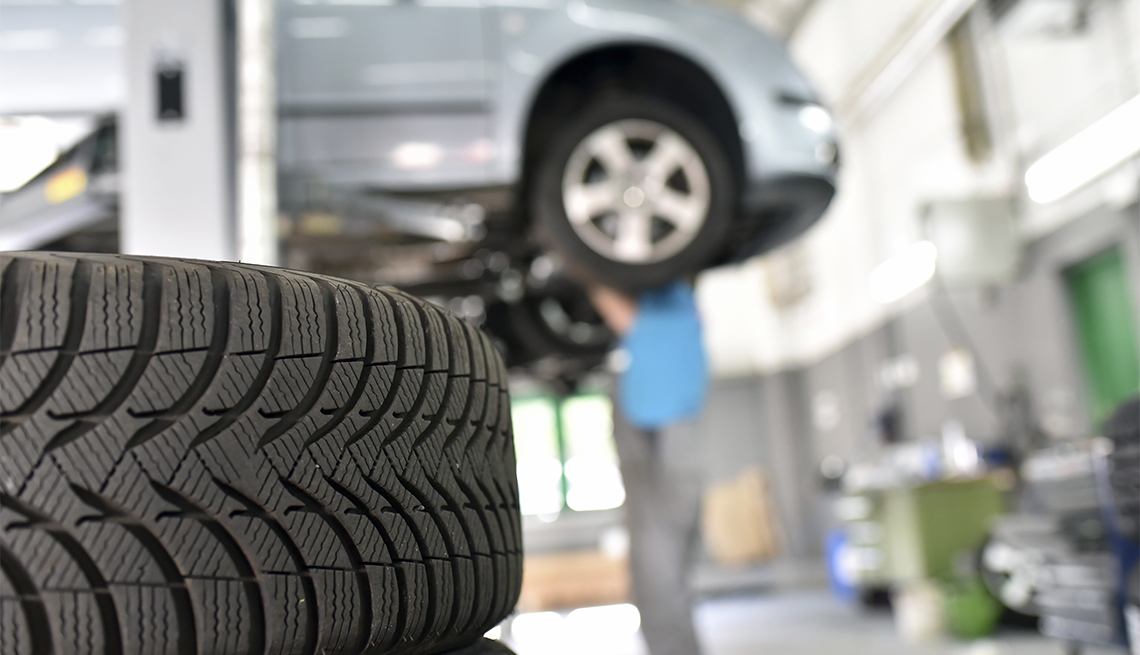
Your auto maintenance checklist
- Select a language for the TTS:
- UK English Female
- UK English Male
- US English Female
- US English Male
- Australian Female
- Australian Male
- Language selected: (auto detect) - EN
Play all audios:

WHAT DOES THE “CHECK ENGINE” LIGHT REALLY MEAN? It can mean anything from a loose gas cap to major engine problems. If the light is flashing, or red instead of the usual orange, that's
bad trouble; get to a shop right away. If it's steady, or comes on and goes off intermittently, you have some headroom. Check that the gas cap is tight; that's a freebie fix you
can do. Shut off the car and restart, several times if necessary, to see if the light stays off. If it stays on, let a shop diagnose your vehicle with a scanner that reads the “trouble
codes” stored in the vehicle's electronic memory. A 2020 survey by diagnostic site CarMD.com said the most common problems associated with the “check engine” light, and their average
repair costs, were: 1. CATALYTIC CONVERTER: $1,376 for replacement 2. OXYGEN SENSOR: $246 3. IGNITION COIL AND SPARK PLUGS: $387 4. LOOSE FUEL CAP: $25 for replacement, if broken 5. MASS
AIRFLOW SENSOR: $346 IS “TIMED MAINTENANCE” — USING MILEAGE INTERVALS BETWEEN SERVICE — STILL A VALID WAY TO CARE FOR YOUR CAR? Yes, but those intervals are not the be-all, end-all. More and
more cars have sensors to measure the need for service based on your driving. For example, oil life sensors track the engine's running conditions, and brake wear sensors can tell when
the brakes are close to worn out.
